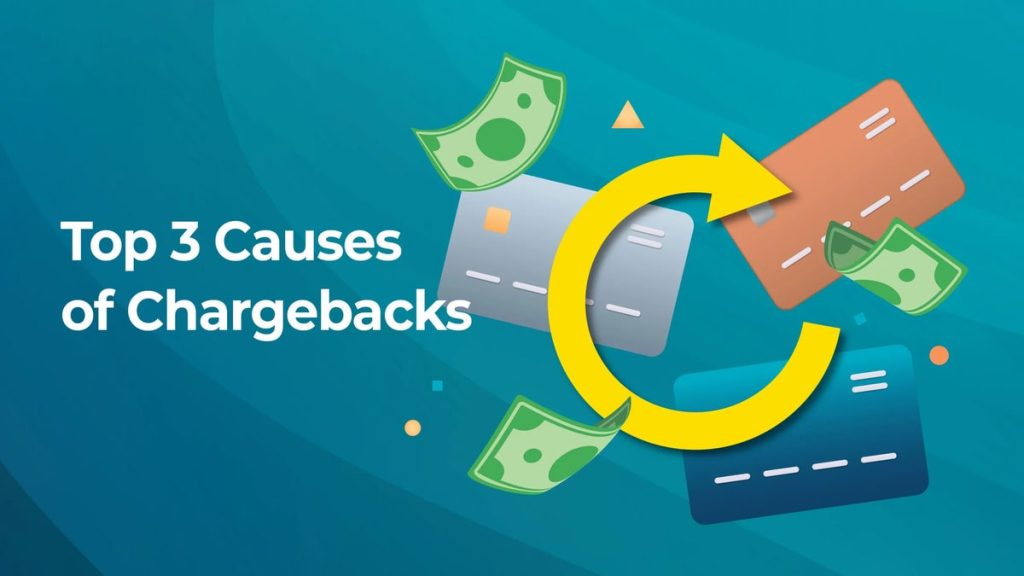Introduction to Chargebacks
Chargebacks are a significant challenge for businesses, reversing credit card payments initiated by the cardholder’s bank. Originally designed to protect consumers from fraud, chargebacks now also result from customer dissatisfaction and errors. In 2023, businesses lost over $25 billion to chargebacks, underscoring the need for robust prevention strategies.
Common Causes of Chargebacks
Understanding the main causes of chargebacks is crucial. The primary reasons include:
- Genuine Fraud: Unauthorized transactions by criminals using stolen card information.
- Friendly Fraud: Customers disputing legitimate transactions, often due to forgotten purchases or unrecognized billing descriptors.
- Merchant Error: Issues like double billing or failure to deliver goods as promised.

Table 1: Breakdown of Chargeback Causes (2023 Data)
| Cause | Percentage |
|---|---|
| Genuine Fraud | 28% |
| Friendly Fraud | 46% |
| Merchant Error | 20% |
| Other (Service Issues) | 6% |
Friendly fraud accounts for nearly half of all chargebacks, making it the most significant challenge for businesses.
Preventive Strategies
To reduce chargebacks, businesses must adopt specific preventive measures focusing on clear communication, strong customer service, and effective use of technology.
Clear Communication
Clear and transparent communication with customers can prevent many disputes:
- Return Policies: Clearly state return, refund, and cancellation policies at multiple points during the transaction to reduce misunderstandings.
- Order Confirmation: Send immediate order confirmation emails with all relevant details like delivery times and tracking information.
Customer Service
Good customer service is key to preventing chargebacks. Studies show 96% of dissatisfied customers don’t reach out to the merchant but go directly to their bank. To address this:
- Accessible Support: Make customer support easily reachable via email, phone, and chat.
- Issue Resolution: Resolve complaints quickly and professionally to avoid escalation to a chargeback.
Fraud Prevention Tools
Implementing advanced fraud detection tools is essential for reducing chargebacks:
- 3D Secure 2.0: Adds an extra layer of security by requiring cardholders to authenticate themselves during online transactions, reducing fraudulent chargebacks.
- Billing Descriptors: Use clear billing descriptors that match your store name or website, so customers can easily recognize their purchases on their statements.
Merchanto.org, an official partner of Visa and Mastercard, provides solutions that integrate these protocols, helping businesses prevent chargebacks. Learn more.
Tools and Technologies for Chargeback Prevention
Using the right tools can streamline chargeback management. Below are some recommended tools:
- Stripe Radar: Detects and prevents fraudulent transactions using machine learning.
- Braintree Fraud Protection: Offers customizable fraud protection that adapts to specific business needs.
- Checkout.com: Provides real-time fraud detection and prevention solutions, helping reduce chargebacks from fraudulent activities.
Table 2: Features of Top Chargeback Prevention Tools
| Tool | Features | Ideal For |
|---|---|---|
| Stripe Radar | Machine learning-based fraud detection | Online businesses |
| Braintree Fraud Protection | Customizable fraud rules, dynamic 3D Secure | High-risk industries |
| Checkout.com | Real-time fraud detection, risk management | E-commerce retailers |

Responding to Chargebacks
Even with preventive measures, chargebacks can still happen. Effective response requires data analysis and thorough documentation.
- Analyze Chargeback Data: Regularly review data to identify patterns and adjust prevention strategies accordingly.
- Maintain Detailed Records: Keep comprehensive records of all transactions, including order confirmations, shipping details, and customer communications, which are crucial when disputing a chargeback.
Table 3: Key Documentation for Disputing Chargebacks
| Document Type | Purpose |
|---|---|
| Order Confirmation Emails | Proof of customer consent and understanding |
| Shipping Records | Proof of delivery |
| Customer Service Logs | Evidence of resolution efforts |
| Transaction Receipts | Proof of payment and authorization |
Conclusion
Chargebacks are a serious issue, but businesses can reduce their occurrence through clear communication, the use of advanced fraud prevention tools, and maintaining detailed records. Partnering with service providers further strengthens chargeback prevention strategies.
As chargebacks continue to impact businesses, it’s essential to stay informed and adapt strategies accordingly. Regularly review chargeback data, update prevention tools, and ensure your team is equipped to handle disputes effectively. This approach not only reduces chargebacks but also strengthens customer relationships and ensures long-term business success.



